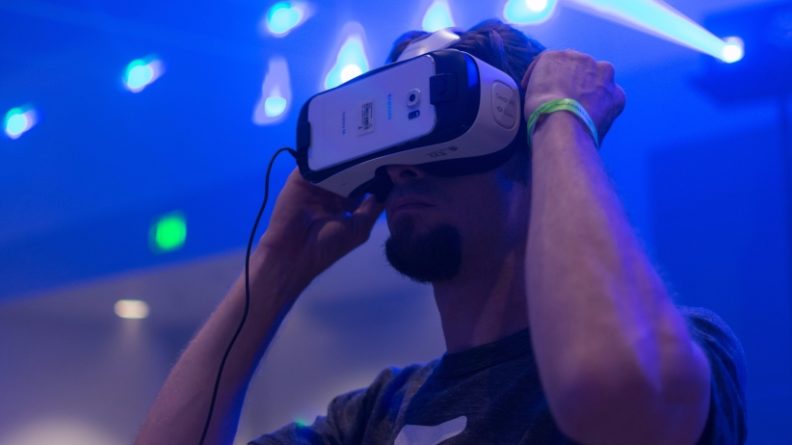Interactive

Hold the VR Hype: VR Headset Install Base Small to Start, Study Says
Story Highlights
Despite all the recent hype around virtual reality, just 6% of Americans will own a VR headset by the end of the year, or 11.4 million people, and roughly 93% of those headsets will be of the basic smartphone models, with only 1% of the headsets being from the likes of Oculus Rift and HTC Vive.
“Penetration in the U.S. is higher than in other countries partly due to the greater number of headset giveaways to promote the technology,” said David MacQueen from Strategy Analytics’ global wireless practice. “Samsung is giving away lots of Gears with new handsets, Google has given a lot away too, and even the New York Times gave 1.5 million to their subscribers to try out a series of VR documentaries.”
The PlayStation VR will account for 6% of all headsets by the end of the year, with the console launching this week.
“Despite the rush of companies eager to jump in, the reality is that VR take-up among the U.S. public will be a slow burn and dominated by low-cost headsets,” MacQueen said. “The VR headset market will be much like the car market – most owning the likes of Fords and Toyotas, a handful owning Porsches and the odd few splashing out on a Ferrari.”
However, 2017 is set to be a breakout year for VR headsets, with 16% of the U.S. population owning one. That number promises to jump to 27% by 2018, and by 2020, 40% of the population expects to be VR enabled.
“To put its popularity in context, it will take about 18 months for VR headsets to reach the level of household penetration that say Netflix has now, but that penetration will still be totally dominated by the cheaper smartphone headsets,” MacQueen said. “Despite the slow start, there’s a real opportunity in the longer term.
“VR can bring new experiences to people beyond the obvious next step in video games. There’s also watching sport right in amongst the action, enhanced communications and social networking, plus more serious uses such as better educational materials for kids or use in architecture and design.”









